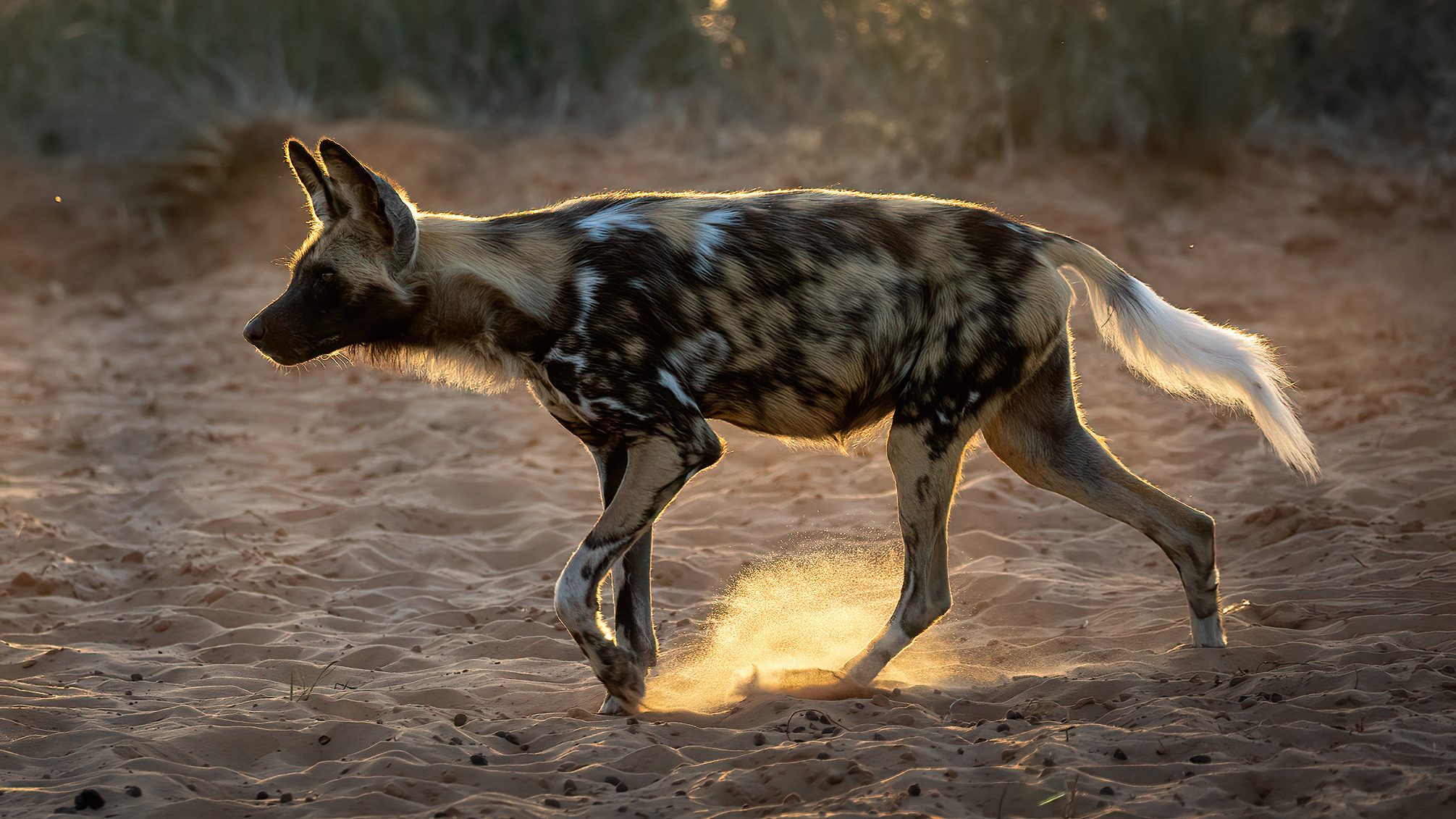If you encounter a wild dog, remain calm and back away slowly to safety. Do not run or make sudden movements.
Encountering a wild dog can be a frightening experience, but knowing how to react can help keep you safe. Wild dogs may exhibit aggressive behaviour if they feel threatened or cornered. By staying calm and avoiding direct eye contact, you can de-escalate the situation and slowly move away to a safe distance.
It is important not to turn your back on the dog or scream, as these actions can provoke an attack. Remember to report the encounter to local authorities to ensure the safety of yourself and others in the area. With these precautions in mind, you can navigate an encounter with a wild dog confidently and safely.
What Is Wild Dog Encounters
Learn essential tips for handling wild dog encounters: Stay calm, avoid eye contact, back away slowly without turning your back. Do not run or make sudden movements, and do not approach or feed the animal. If a wild dog approaches, make yourself look bigger and assert dominance.
Wild dogs, also known as feral dogs, are a common sight in many parts of the world. They are usually timid and tend to avoid human contact, but there are times when they can become aggressive and pose a threat to humans. In such situations, it is important to know how to react and what to do to ensure your safety. This article will provide you with some useful tips on how to handle wild dog encounters.
Common Situations Involving Wild Dogs
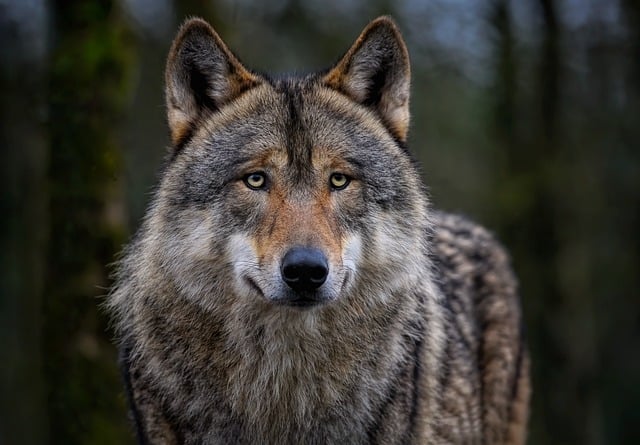
Wild dog encounters can happen in various situations. Here are some of the most common ones:
- Encountering a pack of wild dogs while hiking or camping in the wilderness
- Coming across a stray dog that appears to be feral or aggressive
- Encountering a wild dog while walking or jogging in a rural or suburban area
In any of these situations, it is important to stay calm and take appropriate steps to ensure your safety.
Initial Steps To Ensure Safety
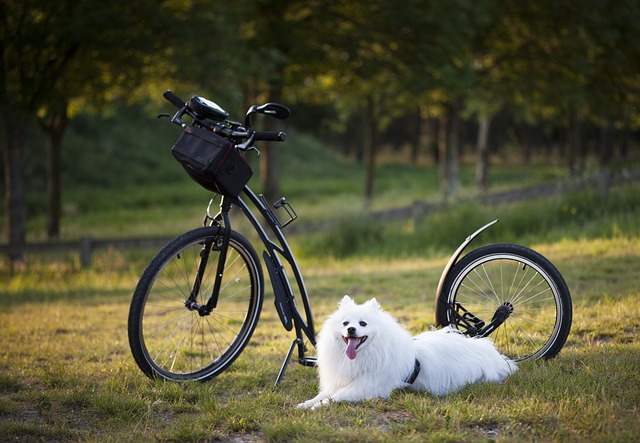
If you encounter a wild dog, the first thing you should do is to try to keep a safe distance from the animal. Do not attempt to approach or touch the dog, as this can provoke an attack. Instead, follow these steps:
- Stand still and avoid making any sudden movements
- Speak calmly and firmly to the dog in a low voice
- Slowly back away from the dog, keeping your eyes on it at all times
- If the dog becomes aggressive and starts to growl or bark, use a loud, firm voice to command it to “stay” or “go away”
- Use any available objects to protect yourself, such as a stick or a backpack
Remember, the key to handling a wild dog encounter is to stay calm and avoid provoking the animal. By following these initial steps, you can increase your chances of staying safe in such situations.
Identifying A Wild Dog
If you encounter a wild dog, observe its behaviour from a distance and avoid making direct eye contact. Slowly back away while remaining calm and avoiding sudden movements. If the wild dog approaches, stand tall, make yourself look bigger, and slowly retreat to safety.
Physical Characteristics
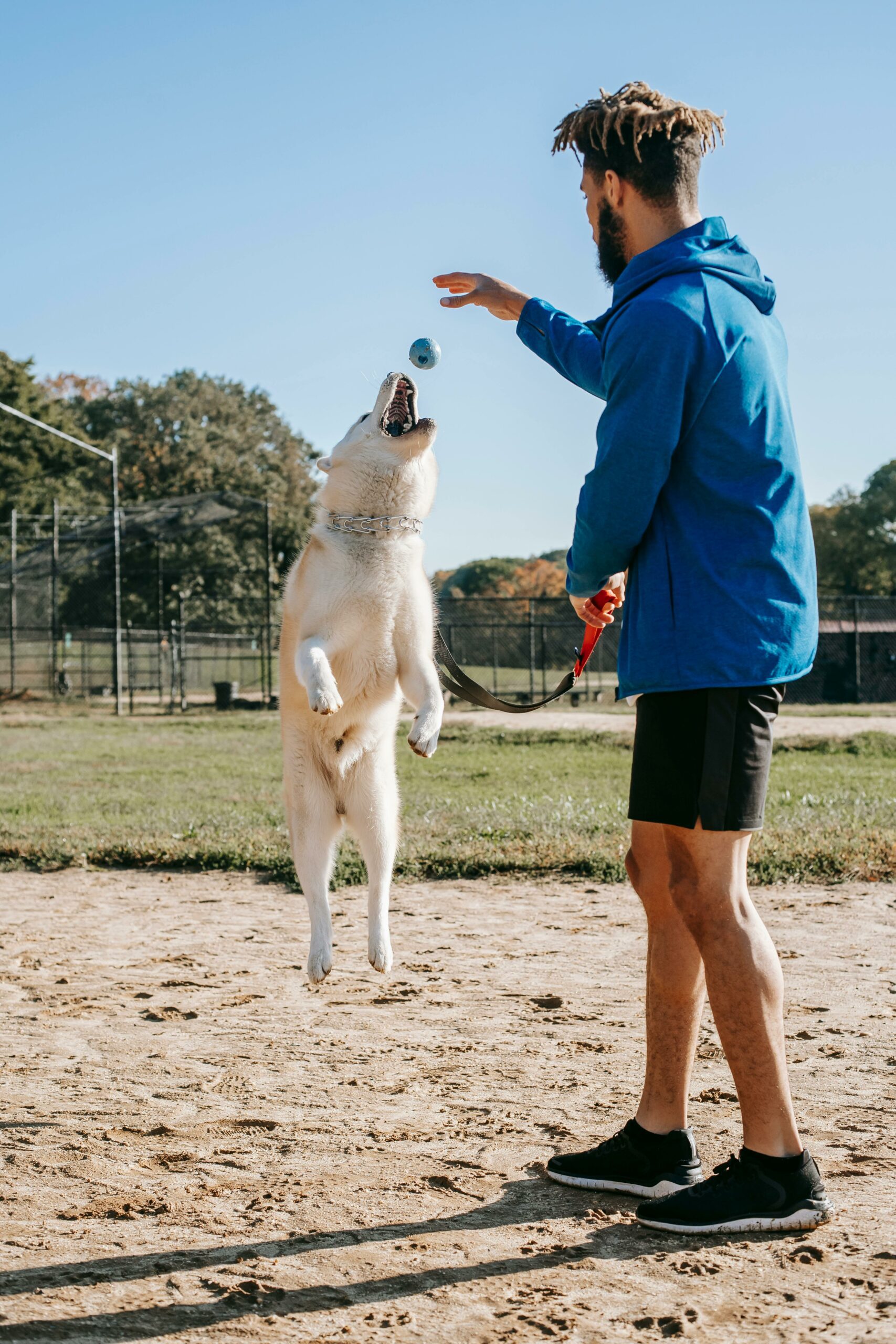
Wild dogs are typically smaller in size than domestic dogs, with a lean and muscular build. They have pointed ears and a bushy tail, often held high. Their fur colour can vary, ranging from shades of brown to grey, helping them blend into their natural habitat.
Behavioural Signs

Wild dogs exhibit cautious behaviour, typically keeping their distance from humans. They may travel in packs, displaying coordinated movements. Avoid direct eye contact and sudden movements to prevent provoking them.
Identifying a Wild Dog
When encountering a wild dog, observe its physical characteristics and behavioural signs to determine if it poses a threat. Pay attention to its size, fur colour, and body language to stay safe.
Importance Of Staying Calm
Encountering a wild dog can be a frightening experience, but it’s crucial to remain calm. Staying calm in such a situation is essential for ensuring your safety and the well-being of the animal. In this article, we’ll discuss the importance of staying calm when encountering a wild dog and provide tips on how to control your fear and manage your body language effectively.
Controlling Your Fear

When faced with a wild dog, it’s natural to feel afraid. However, it’s important to control your fear to make rational decisions and avoid escalating the situation. Take deep breaths and focus on remaining composed. Avoid sudden movements and maintain a steady posture to convey confidence and assertiveness.
Impact Of Body Language
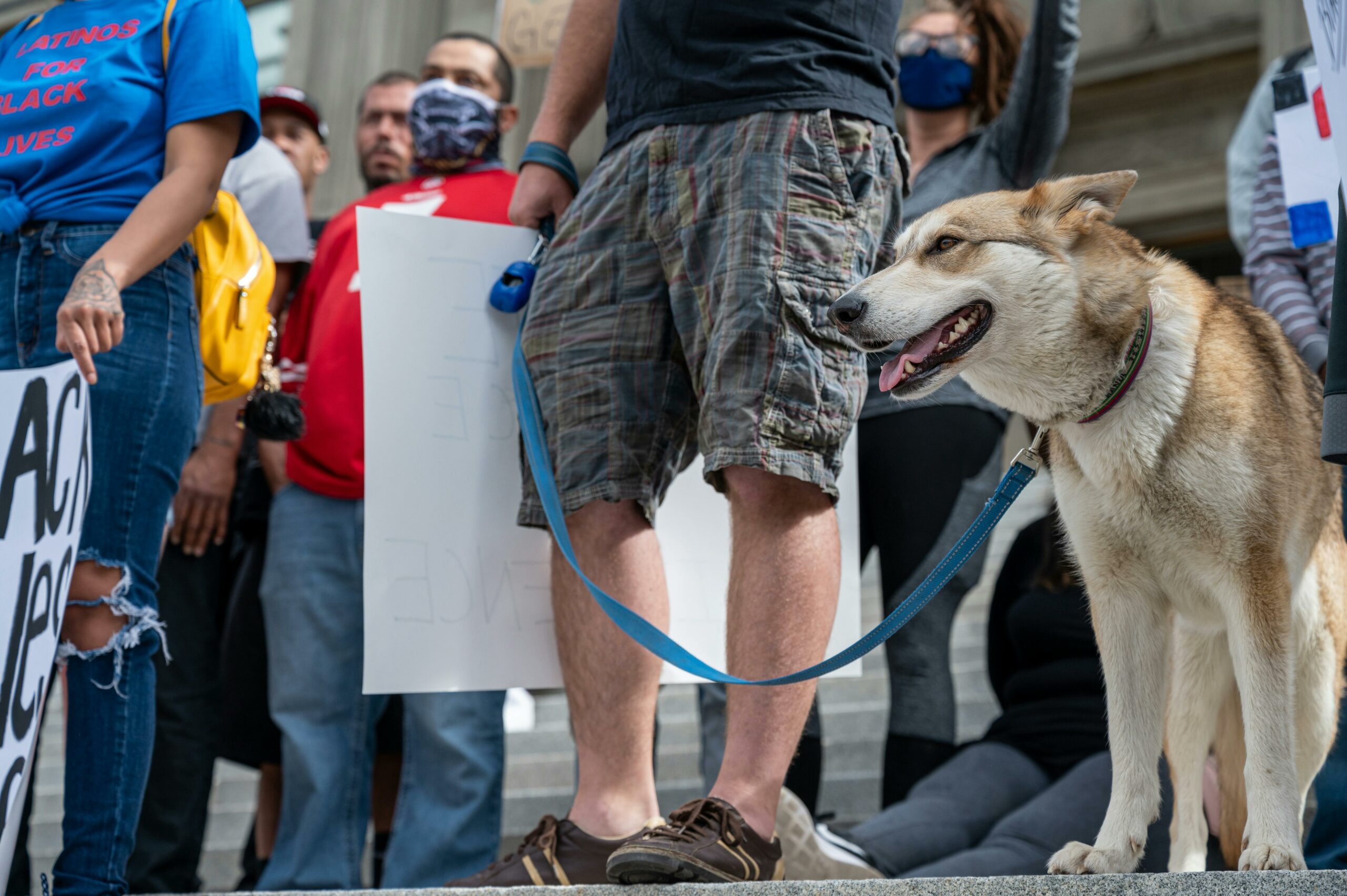
The impact of body language when encountering a wild dog cannot be overstated. Avoid direct eye contact, as this can be perceived as a threat. Stand tall and avoid turning your back on the dog. Slowly back away while maintaining a calm and assertive demeanour. By conveying non-threatening body language, you can help de-escalate the situation and reduce the risk of aggression.
Avoiding Provocation
When encountering a wild dog, it’s crucial to know how to handle the situation to prevent any potential danger. One of the most important steps in dealing with a wild dog encounter is to avoid provoking the animal. By understanding how to avoid provocation, you can reduce the likelihood of a confrontation escalating into a dangerous situation.
Actions To Prevent Escalation
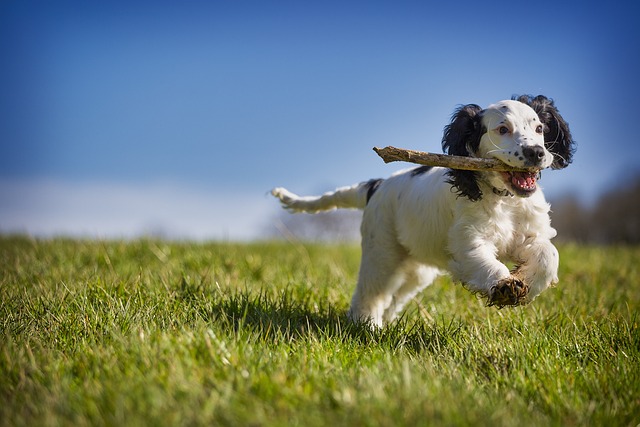
When faced with a wild dog, it’s essential to remain calm and avoid making sudden movements. Do not make direct eye contact with the animal, as this can be considered a sign of aggression. Instead, slowly back away while maintaining a non-threatening posture. If the dog approaches, stand still and avoid running or screaming, as this may trigger a chase response.
Understanding Wild Dog Behaviour

Wild dogs may exhibit defensive behaviour when they feel threatened or cornered. They may also be protective of their territory or pack. By recognizing these behaviours, you can adjust your actions to minimize the risk of provocation. It’s important to note that wild dogs may perceive certain gestures or noises as threatening, so it’s crucial to avoid any actions that could be misinterpreted as aggressive.
Creating A Safe Exit
When encountering a wild dog, it’s crucial to prioritise your safety by creating a safe exit strategy. By following the right steps, you can minimize the risk of a confrontation and safely remove yourself from the situation.
Strategies For Backing Away
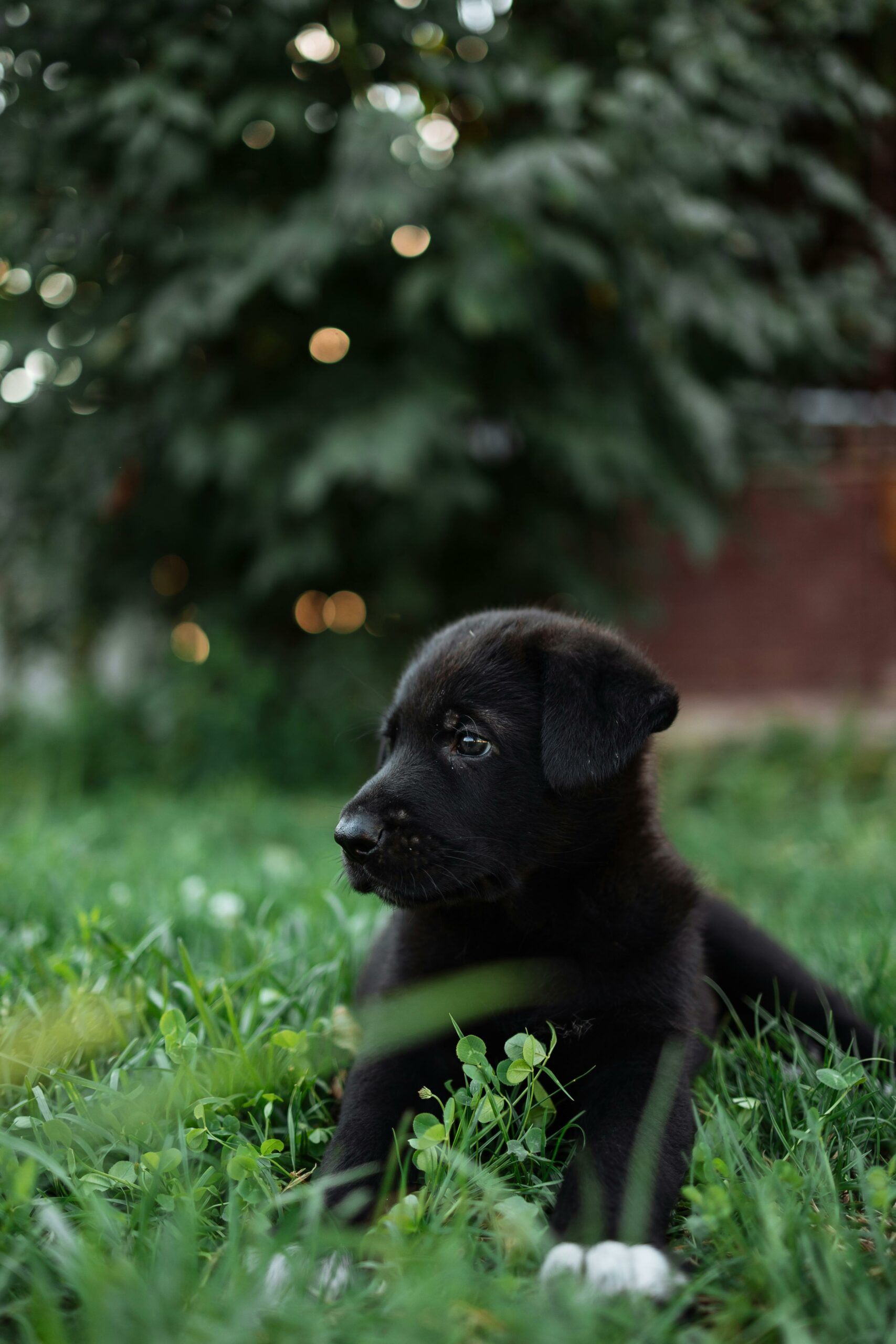
If you find yourself in the presence of a wild dog, avoid making direct eye contact as it can be perceived as a challenge. Slowly and calmly, start to back away while keeping the dog in your line of sight. Avoid turning your back on the dog, as sudden movements can trigger an aggressive response.
Finding An Escape Route
Scan your surroundings to identify potential escape routes. Look for open areas or nearby structures where you can seek refuge. Avoid climbing trees as it may provoke the dog. If possible, create distance between yourself and the dog by moving towards a safe location.
Defensive Measures
When encountering a wild dog, it’s crucial to know defensive measures to protect yourself. Here are some effective strategies to consider:
Using Objects As Barriers
If you come across a wild dog, find a sturdy object, such as a tree branch or a backpack, to create a barrier between you and the animal. Maintain eye contact and slowly back away while holding the object in front of you. Make yourself appear larger by raising your arms and standing tall to intimidate the dog. Do not turn your back on the dog, and avoid sudden movements that may provoke an attack.
Last Resort Self-defence

If a wild dog becomes aggressive and there is no escape, use force as a last resort to protect yourself. Yell firmly and at the dog to show dominance. If the dog attacks, aim for the nose or eyes with kicks or strikes using any available objects. Protect your neck and vital areas while attempting to fend off the dog. Seek medical attention immediately if you are bitten.
When To Seek Help
Recognising Danger Signs
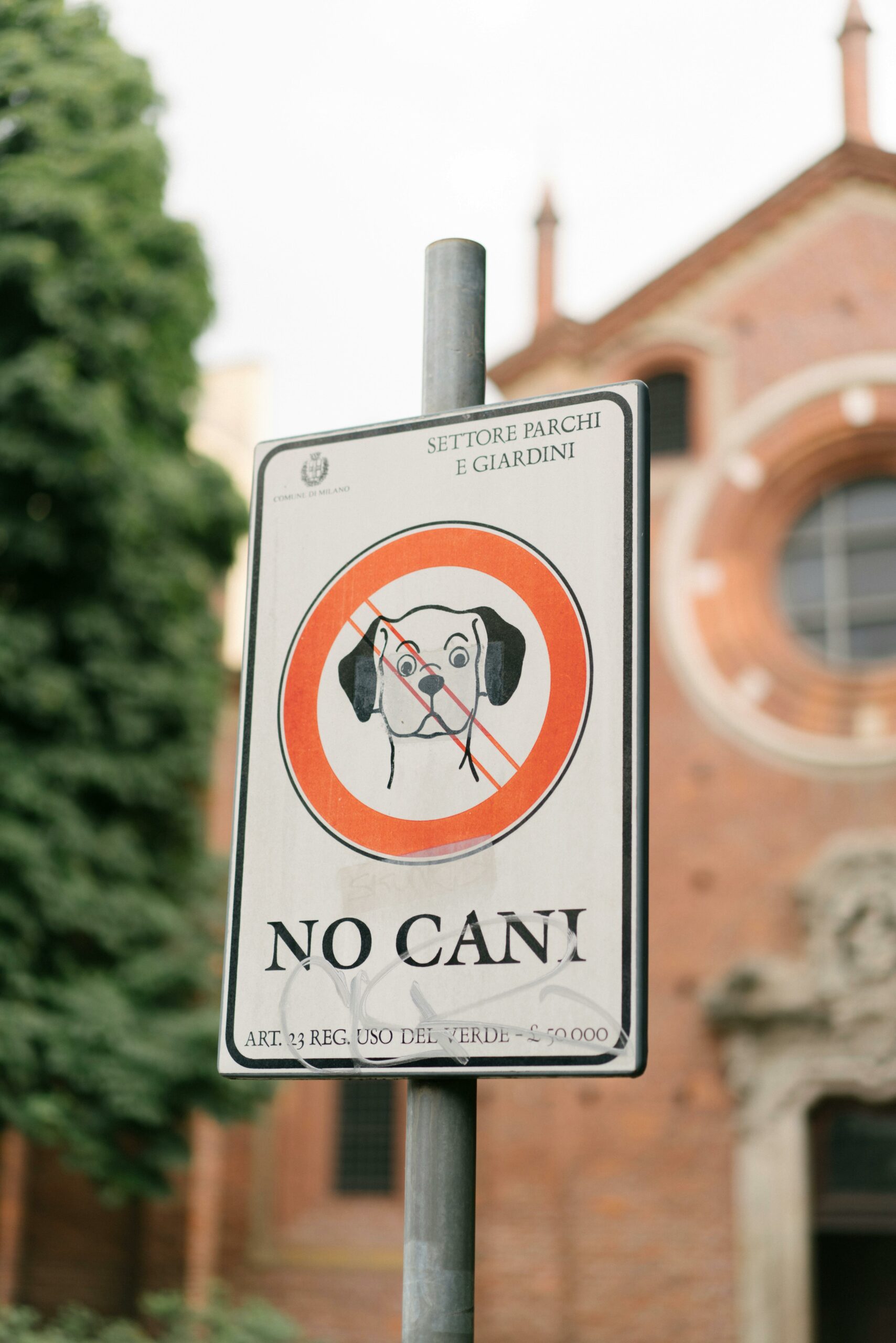
If the wild dog is displaying aggressive behaviour such as growling, baring its teeth, or lunging towards you, it is crucial to recognize these danger signs immediately.
How To Call For Assistance
When in a situation where you feel threatened by a wild dog, do not hesitate to seek help from authorities or animal control.
Post-encounter Actions
If you encounter a wild dog, remain calm and avoid making sudden movements. Back away slowly while maintaining eye contact with the animal. Do not run or turn your back on the dog. Once you are at a safe distance, report the encounter to local authorities.
Encountering a wild dog can be a frightening experience, but it’s important to remember that these animals are usually more afraid of you than you are of them. If you do find yourself face-to-face with a wild dog, it’s important to know what to do to protect yourself and others. After the encounter, there are several steps you should take to ensure your safety and the safety of those around you.
Medical Attention For Injuries
If you were bitten or scratched by a wild dog, it’s important to seek medical attention as soon as possible. Wild dogs can carry various diseases, and even a small scratch can become infected if not treated properly. Make sure to thoroughly clean the wound with soap and water and apply an antiseptic to prevent infection. If the wound is deep or bleeding heavily, seek medical attention immediately.
Reporting The Incident
Reporting the incident to the proper authorities is important for many reasons. First, it helps to track the behaviour of wild dogs in the area and can help prevent future encounters. Second, it can help to identify the dog and determine if it has any diseases that could be transmitted to humans or other animals. Finally, it can help authorities locate and capture the dog to prevent further incidents.
If you encounter a wild dog, contact your local animal control agency or police department to report the incident. Provide as much information as possible, including the location and time of the encounter, a description of the dog, and any injuries sustained. By reporting the incident, you can help keep yourself and others safe from potential harm.
Remember, encountering a wild dog can be scary, but by taking the right post-encounter actions, you can ensure your safety and the safety of those around you. Seek medical attention for any injuries and report the incident to the proper authorities to help prevent future encounters.
Preventive Measures For Future Safety
Encountering a wild dog requires caution. Stay calm and avoid direct eye contact. Slowly back away without turning your back. Do not run or make sudden movements. Use a firm tone to assert dominance if necessary. Notify local authorities if the situation escalates.
Education On Wild Dog Behaviour
Wild dog behaviour can be unpredictable, and understanding it is crucial for safety.
Precautions During Outdoor Activities
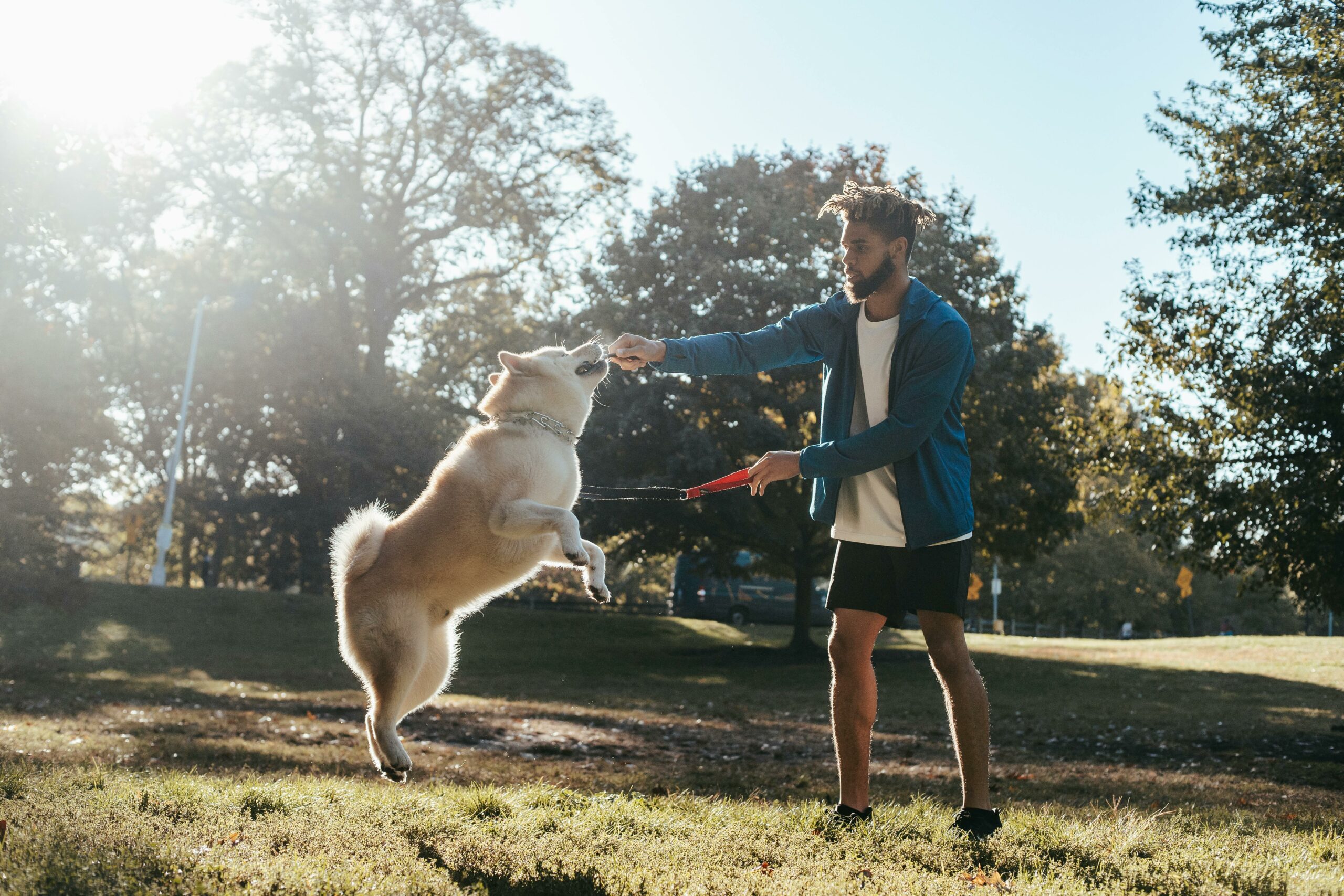
Implementing safety precautions during outdoor activities is essential to avoid encounters.
Coexisting With Wildlife
Respecting Wild Dog Territory

When encountering wild dogs, it is crucial to respect their natural habitat and territory. Avoid encroaching on their space or disturbing their environment. By respecting their territory, we can minimize potential conflicts and ensure the safety of both humans and wild dogs.
Promoting Safe Human-wildlife Interactions
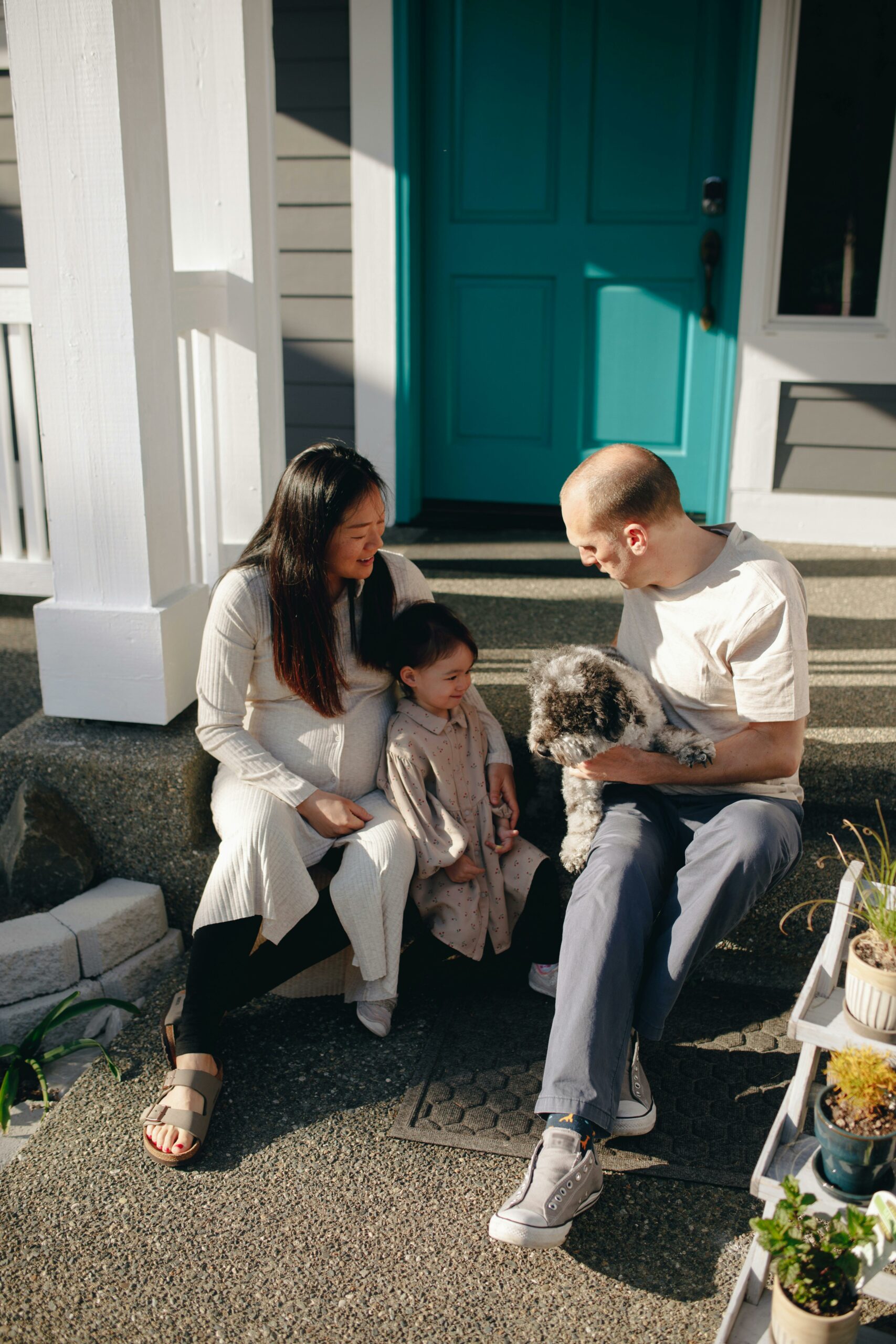
Promoting safe interactions between humans and wildlife is essential for coexisting peacefully. Educating communities about the behaviour of wild dogs and the appropriate actions to take when encountering them can help prevent negative encounters. Additionally, implementing measures to reduce attractants, such as securing rubbish and food sources, can minimize the likelihood of wild dog-human conflicts.
Frequently Asked Questions
What To Do If A Wild Dog Approaches You?
If a wild dog approaches you, stay calm and avoid making eye contact. Slowly back away while keeping an eye on the dog. Do not run or make sudden movements. If the dog attacks, use a loud and assertive voice, try to put an object between you and the dog, and seek medical attention immediately.
What Do You Do If You See A Wild Dog?
If you see a wild dog, stay calm and avoid eye contact. Slowly back away without turning your back. Don’t run or make sudden movements. Keep quiet and give the dog space to leave.
What To Do If Attacked By Wild Dogs?
If attacked by wild dogs, remain calm and avoid eye contact. Slowly back away without turning your back. If bitten, seek medical attention immediately. Report the incident to local authorities. Take precautions to prevent future attacks.
Would A Wild Dog Attack A Human?
Yes, wild dogs may attack humans if they feel threatened or provoked. It’s important to avoid approaching or disturbing wild dogs to prevent potential attacks.
In the end, encountering a wild dog can be a frightening experience. However, by remaining calm and following these guidelines, you can protect yourself and the animal from harm. Remember to stay informed about wild dog behaviour and always prioritise safety for both yourself and the animal.
